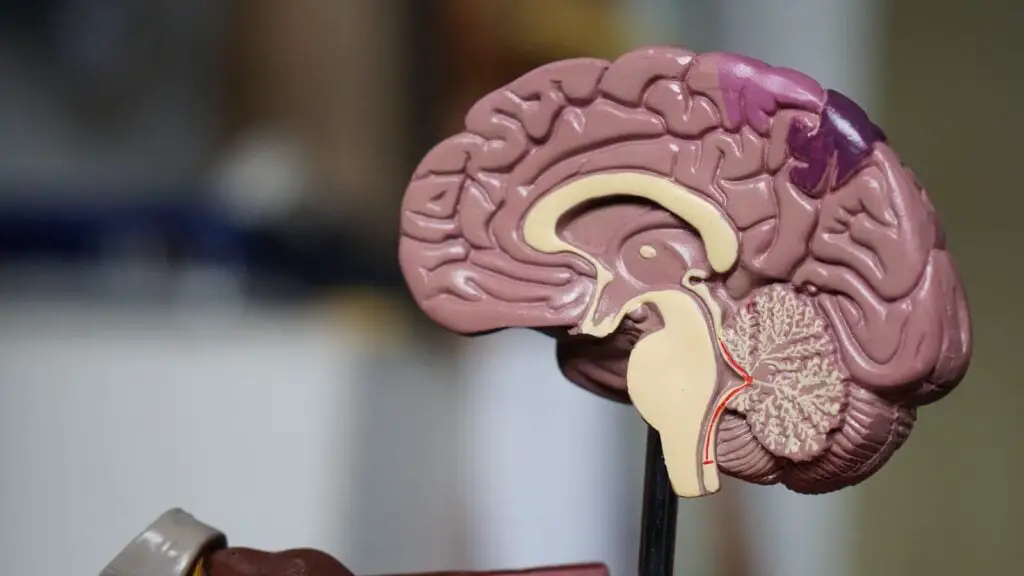When we think about the human brain and its intricate workings, we often focus on the complex web of neurons, the convoluted surface of the cerebral cortex, and the vast network of blood vessels that supply this remarkable organ. But beneath the surface lies another crucial player in the brain’s functioning: the cerebral aqueduct.
Unveiling the Cerebral Aqueduct
What is the Cerebral Aqueduct?
The cerebral aqueduct, also known as the aqueduct of Sylvius, is a narrow channel that plays a pivotal role in the circulation and regulation of cerebrospinal fluid (CSF) within the central nervous system. This vital structure connects the third ventricle of the brain’s ventricular system to the fourth ventricle, facilitating the flow of CSF between these regions.
The Anatomy of the Cerebral Aqueduct
The aqueduct of Sylvius is a fluid-filled conduit encased within the brain’s midbrain, a region that features gray matter. It is flanked by white matter, which serves as the brain’s “wiring” and is responsible for transmitting signals between different parts of the nervous system.
The Role of Cerebrospinal Fluid
To comprehend the significance of the cerebral aqueduct, it’s essential to grasp the purpose of cerebrospinal fluid.
Cerebrospinal fluid is a clear, colorless liquid that cushions the brain, protecting it from mechanical shocks. It also provides buoyancy, reducing the brain’s weight and allowing it to float within the skull. Furthermore, CSF is a medium for exchanging essential nutrients and waste products, crucial in maintaining the brain’s microenvironment.
The Flow of Cerebrospinal Fluid
Cerebrospinal fluid is produced primarily by the choroid plexus, a network of blood vessels within the brain’s ventricular system. Once produced, CSF circulates through the cerebral ventricles and ultimately flows into the cerebral aqueduct.
The cerebral aqueduct serves as a conduit, connecting the third ventricle to the fourth ventricle. This flow is crucial for maintaining proper CSF circulation, as any obstruction in the aqueduct can lead to obstructive hydrocephalus, a condition marked by the accumulation of excess fluid within the brain.
Also read
Obstructive Hydrocephalus
Obstructive hydrocephalus is a condition in which the cerebral aqueduct becomes blocked, preventing the normal flow of cerebrospinal fluid. This blockage can be due to various causes, including tumors or congenital malformations. As CSF accumulates, it increases intracranial pressure, resulting in neurological symptoms and potentially life-threatening consequences if not treated promptly.
The Foramina: Gateways of Fluid
Within the realm of the cerebral aqueduct, two significant structures come into play: the foramen of Monro and the foramen of Magendie.
Foramen of Monro
The foramen of Monro, also known as the interventricular foramen, serves as the channel connecting the lateral ventricles to the third ventricle. It acts as a gateway for cerebrospinal fluid, allowing it to flow into the third ventricle before continuing its journey through the cerebral aqueduct.
Foramen of Magendie
The foramen of Magendie, conversely, is located at the bottom of the fourth ventricle. It allows cerebrospinal fluid to exit the ventricular system and enter the subarachnoid space surrounding the brain and the spinal cord.
Types of Hydrocephalus
Hydrocephalus can manifest in different forms, and understanding these variations is crucial in recognizing and treating the condition.
Communicating Hydrocephalus
In communicating hydrocephalus, there is an issue with the absorption of cerebrospinal fluid rather than its production or circulation. The term “communicating” signifies that CSF can flow freely between the ventricles but is not effectively reabsorbed into the bloodstream. This can lead to increased intracranial pressure and associated symptoms.
Non-communicating Hydrocephalus
On the other hand, non-communicating hydrocephalus is often the result of a physical obstruction, typically within the cerebral aqueduct or at the foramina. The blockage prevents cerebrospinal fluid from flowing freely between the ventricles and can lead to increased intracranial pressure.
The Periaqueductal Gray
The periaqueductal gray is a region of gray matter located around the cerebral aqueduct in the midbrain. It surrounds and extends into the area near the cerebral aqueduct. This area is involved in various functions, including the modulation of pain perception, defensive behaviors (fight or flight responses), autonomic functions, and control of basic survival behavior. It is particularly associated with pain modulation and the regulation of stress responses.
Check Out: WikiPedia
Conclusion
The cerebral aqueduct, often overshadowed by more prominent structures within the brain, is a critical component of the central nervous system. It serves as the conduit for cerebrospinal fluid, playing a key role in maintaining the brain’s health and function. Understanding its anatomy and the associated conditions, such as obstructive hydrocephalus, is vital for medical professionals and individuals interested in the intricate world of neuroscience.
We hope this article has shed light on the significance of the cerebral aqueduct and its role in the brain’s delicate balance. If you have any more questions about this topic, check out the following FAQs:
FAQs
- What is the function of the cerebral aqueduct?
- The cerebral aqueduct acts as a conduit for cerebrospinal fluid, facilitating its flow between the third and fourth ventricles.
- What are the foramen of Monro and Magendie, and how do they relate to the cerebral aqueduct?
- The foramen of Monro connects the lateral ventricles to the third ventricle, while the foramen of Magendie allows CSF to exit the ventricular system.
- What is obstructive hydrocephalus, and how does it relate to the cerebral aqueduct?
- Obstructive hydrocephalus occurs when a blockage within the cerebral aqueduct leads to cerebrospinal fluid accumulation and increased intracranial pressure.
- What is the periaqueductal gray, and what functions does it serve?
- The periaqueductal gray is a region of gray matter surrounding the cerebral aqueduct, involved in pain modulation, defensive behaviors, and autonomic function regulation.
- What are the different types of hydrocephalus, and how do they manifest?
- Hydrocephalus can be categorized as communicating or non-communicating, depending on whether there is an issue with the circulation or absorption of CSF.




